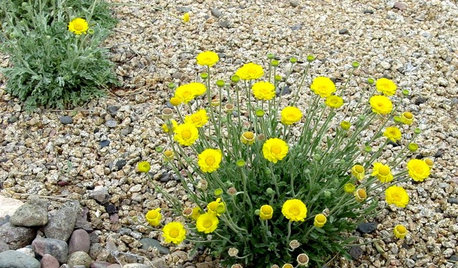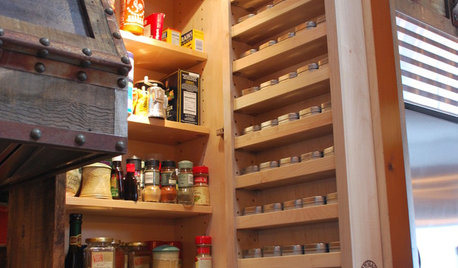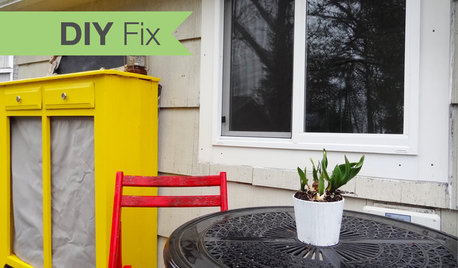Fin rot?
lexie1397
17 years ago
Related Stories

REMODELING GUIDESContractor Tips: Smooth Moves for Hardwood Floors
Dreaming of gorgeous, natural wood floors? Consider these professional pointers before you lay the first plank
Full Story
GREAT HOME PROJECTSHow to Install Energy-Efficient Windows
Learn what Energy Star ratings mean, what special license your contractor should have, whether permits are required and more
Full Story
LANDSCAPE DESIGNKoi Find Friendly Shores in Any Garden Style
A pond full of colorful koi can be a delightful addition to just about any landscape or garden
Full Story
GARDEN SHEDSHouzz Call: Show Us Your Hardworking Garden Shed!
Upload a photo of your backyard shed or greenhouse and tell us how it works for you
Full Story
GARDENING GUIDESGreat Design Plant: Desert Marigold Cheers Up Hot, Dry Areas
Sunny but tough, this perennial thrives with little water and lots of sun
Full Story
KITCHEN DESIGN7 Steps to Pantry Perfection
Learn from one homeowner’s plan to reorganize her pantry for real life
Full Story
GREAT HOME PROJECTSWhat to Know Before Refinishing Your Floors
Learn costs and other important details about renewing a hardwood floor — and the one mistake you should avoid
Full Story
Replace Your Windows and Save Money — a How-to Guide
Reduce drafts to lower heating bills by swapping out old panes for new, in this DIY project for handy homeowners
Full Story
HOUSEPLANTSOne Pot, One Big Shot of the Tropics
Give your rooms exotic flair in a single stroke. Tall Kentia palm fits the tropical bill beautifully
Full Story
BATHROOM DESIGNSee 2 DIY Bathroom Remodels for $15,500
A little Internet savvy allowed this couple to remodel 2 bathrooms in their Oregon bungalow
Full StorySponsored
Your Custom Bath Designers & Remodelers in Columbus I 10X Best Houzz






woeisme
skygee
Related Professionals
Arlington Landscape Contractors · Milford Landscape Contractors · Matthews Landscape Contractors · Berkeley Heights Landscape Contractors · Cockeysville Landscape Contractors · Northbridge Landscape Contractors · Overland Park Landscape Contractors · Webster Groves Landscape Contractors · Auburn Decks, Patios & Outdoor Enclosures · Castle Rock Decks, Patios & Outdoor Enclosures · Commerce City Decks, Patios & Outdoor Enclosures · Greeley Decks, Patios & Outdoor Enclosures · Palmetto Decks, Patios & Outdoor Enclosures · Saint Louis Park Decks, Patios & Outdoor Enclosures · Waukesha Decks, Patios & Outdoor Enclosureslittlehippygirl
lexie1397Original Author
littlehippygirl
skygee
lexie1397Original Author
littlehippygirl
woeisme
lexie1397Original Author
littlehippygirl
littlehippygirl